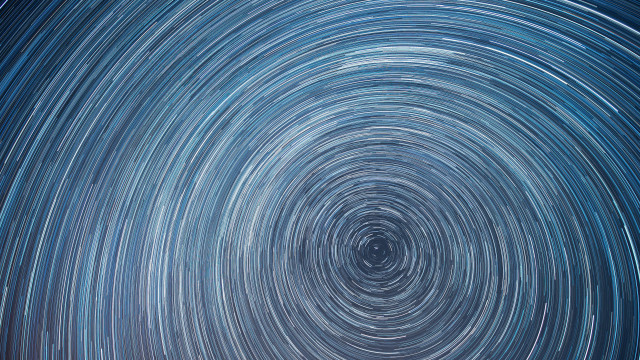Astronomers have discovered a distant planet that may be entirely covered by a deep water ocean, a breakthrough in the search for life beyond Earth.
Observations by NASA's James Webb Space Telescope (JWST) have revealed water vapor and chemical signatures of methane and carbon dioxide in the atmosphere of the exoplanet, which is twice the size of Earth and lies about 70 light-years away. us. According to researchers from the University of Cambridge, this chemical mix is consistent with a water world where the ocean covers the entire surface and a hydrogen-rich atmosphere, although they do not foresee a pleasant seascape, the Guardian reported.
"The ocean could be 100 °C or more," said Professor Niku Madhusudhan, who led the analysis. At high atmospheric pressure, this hot ocean could still be liquid, "but it's not clear that it would be habitable," he added.
This interpretation is supported in a paper published in the journal Astronomy and Astrophysics Letters, but disputed by a Canadian team that made additional observations of the same exoplanet, known as TOI-270 d. They found the same atmospheric chemicals, but argued that the planet would be too hot for liquid water - possibly 4,000 °C - and would instead have a rocky surface covered by an incredibly dense atmosphere of hydrogen and water vapor.
Whichever view prevails, these latest observations show the stunning insight James Webb is giving into the nature of planets outside our solar system. The telescope captures starlight that is filtered through the atmospheres of orbiting planets to give a detailed breakdown of the chemical elements present. Based on this, astronomers can build an idea of the surface conditions of a given planet - and the likelihood that life will survive there.
Evidence for an ocean on TOI-270 d is based on the absence of ammonia, which according to basic chemical predictions should occur naturally in a hydrogen-rich atmosphere. But ammonia is highly soluble in water, so it would be depleted in the atmosphere if there were an ocean below. "One interpretation is that this is a so-called 'Hyckean' world - with a water ocean beneath a hydrogen-rich atmosphere," says Madhusudhan.
Conditions would be very different from Earth. TOI-270 d is tidally locked, meaning that one side of it is permanently facing the star and the other is immersed in eternal darkness, creating an extraordinary temperature contrast.
"During the day, the ocean will be extremely hot. The night side could be potentially habitable," says Madhusudhan. But there will be a crushing atmosphere with tens or hundreds of times the pressure of the Earth's surface and steam rolling in from the ocean. The waters are likely to be tens to hundreds of kilometers deep, with an icy seabed under high pressure and a rocky core beneath.
Professor Björn Benecke of the University of Montreal has conducted additional observations of the planet and questions the hypothesis of the "Hitzean world". "We think the temperature is too high for water to be liquid," he says, adding that the atmosphere appears to contain significant amounts of water vapor -- too much to support the existence of an ocean. According to Beneke's estimate, the temperature at the surface could reach 4000 °C, and the water would exist in a supercritical state where the distinction between liquid and gas blurs. "It's almost like a thick, hot fluid," he says.
"We cannot link [carbon disulfide] to biological activity," says Madhusudhan. "In a hydrogen-rich atmosphere, it's relatively easy to produce it. But if we can measure the unique molecule, it's promising that we should be able to measure habitable planets in the future.
"We have to be extremely careful about how we report discoveries of these kinds of objects," he added. "It's easy for the public to jump to the idea that we've already discovered life."
Dr Joe Barstow, an astronomer at the Open University who was not involved in the latest work, said: "The spectra of these small planets with JWST are really exciting because these are completely new environments for which we have no equivalent in the Solar System."
Barstow added that further observations to determine the amount of water vapor in the atmosphere will help clarify the likelihood of an ocean. "It's really fascinating and very nice that two teams looked at the same data set and came up with the same chemical composition," she added.
Both teams found carbon disulfide, which is linked to Earth's biological processes but can also be produced from other sources. However, there was no trace of another biosignature molecule, dimethyl sulfide (DMS). /BGNES







